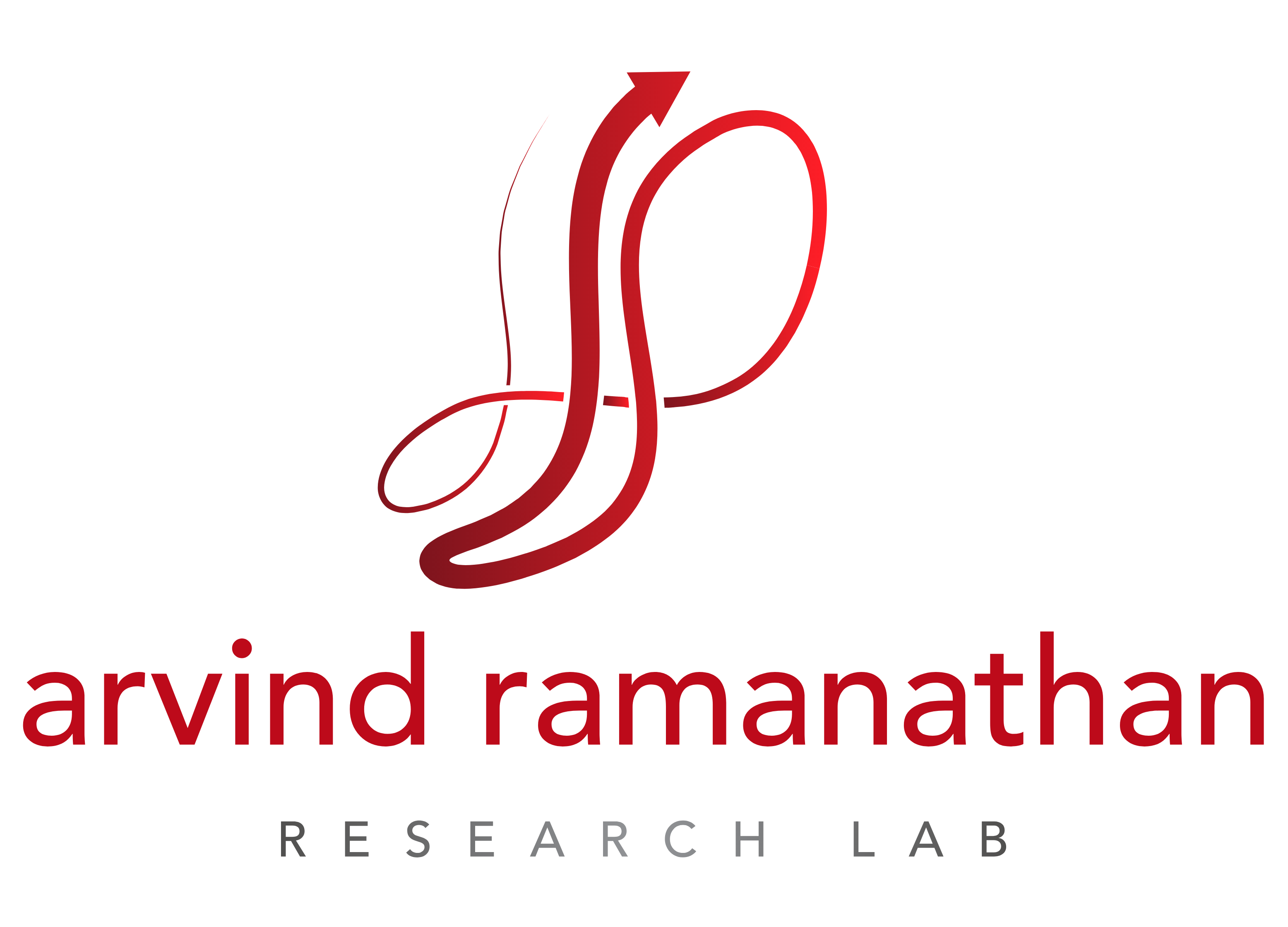We have new projects looking at the development of machine learning and artificial intelligence (ML/AI) tools for end-to-end biological programming. The project is being supported under the auspices of the US Department of Energy (DOE) Biological and Environmental Research (BER) program and a lab-wide initiative in infusing AI for effective design of biological experiments.
Current lab automation techniques are geared towards optimizing single processes repeatedly and are not well suited for implementing AI-driven experiments. To fully utilize their capabilities in the context of novel, high-throughput biological applications, we need (1) robust programming constructs that can reliably and repeatedly execute experimental protocols, and (2) scalable ML/AI techniques that can automatically capture data, process/analyze, and guide experimental design based on partially available (or prior) information. We posit that designing a ‘digital twin’ for executable synthetic biology will accelerate and facilitate the abstraction, exchange, and reuse of experimental protocols; enable integration of process descriptions and their executable forms (i.e., experiments); simplify representations of protocols; and offer practical ways to test, verify and validate such data generation processes.
For synthetic biology applications, we are interested in mining gene parts (proteins, circuits, etc) and how we can automate the construction of such parts aided by AI. This project is a continuation of the efforts led by Dr. Carla Mann in looking at ways to build CRISPR-Cas9 probes targeting specific E. coli functions.
For protein design applications, we are interested in fast methods to build materials out of disordered peptides and proteins. We now have collaborations with both industry and academic partners where we are looking to build these applications.
If these ideas sound interesting, please do get in touch with me/ through the official Argonne website.
408954: Postdoctoral Appointee – Data Science and Learning for End-to-End Biological Programming: https://bit.ly/3jfVKJw
408953: Postdoctoral Appointee – Biologist for Rapid Design and Engineering of Microbiological Systems: https://bit.ly/35hX8WT
